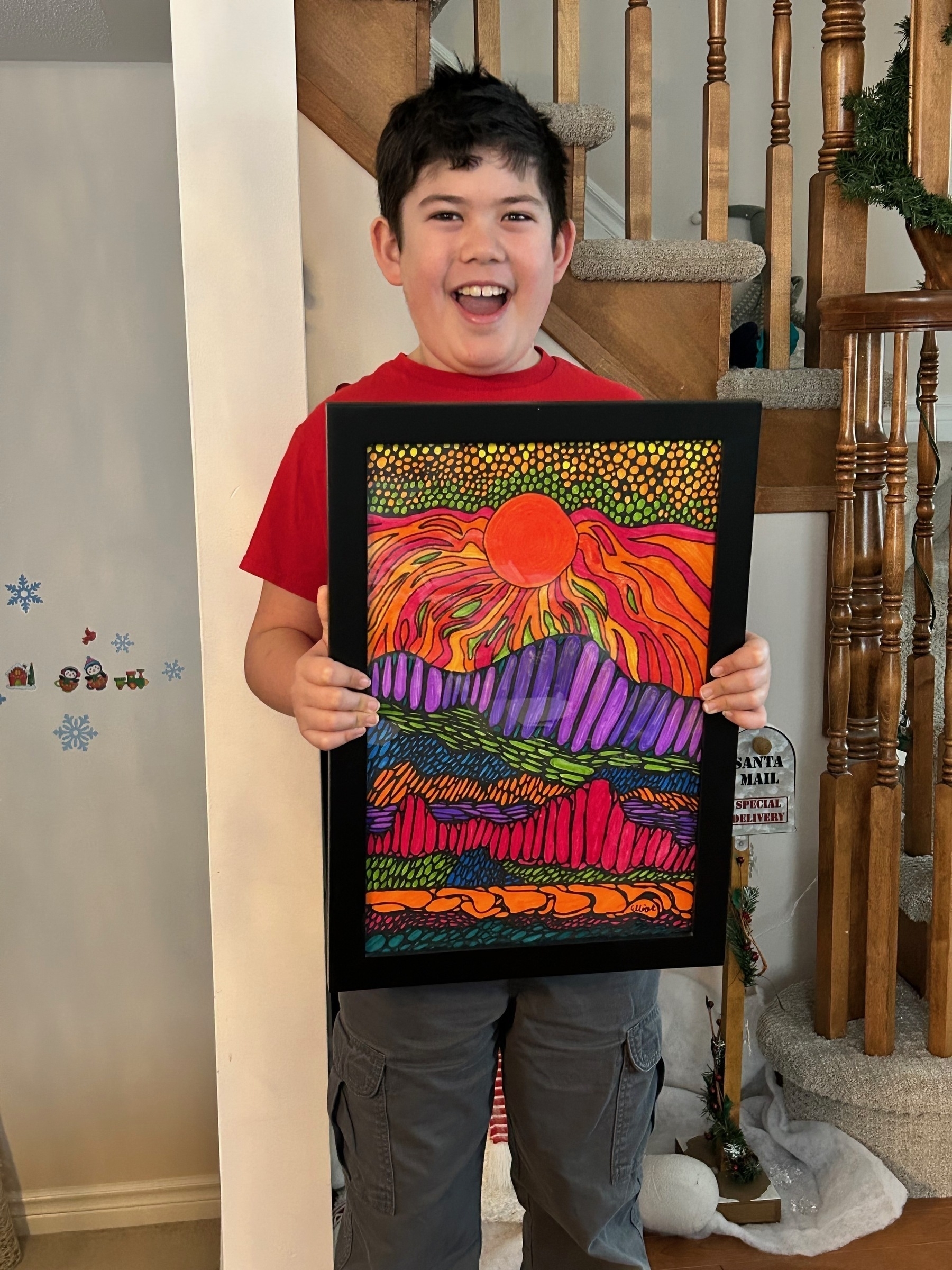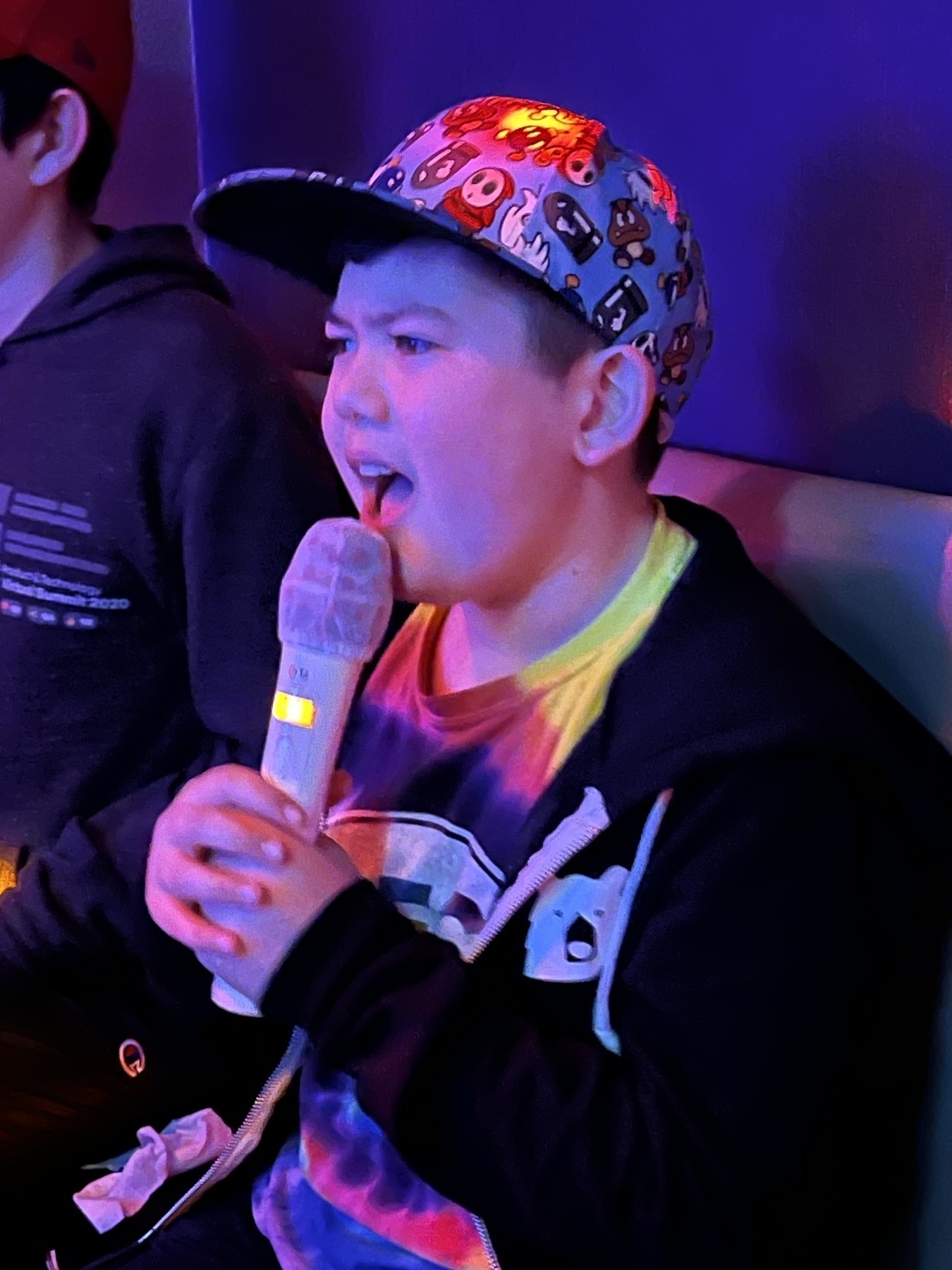[In Progress] The ball is just in the way
This is part of the many ideas that I’ve wanted to address with the Youth hockey team that I coach but either just simply ran out of time or there were bigger issues to address.
post is still in progress
When I was about 18, I was impressed upon by my dad to learn how to hit a golf ball. I didn’t love Golf like he does, but I liked the driving range from time to time.
The teacher was a semi-Pro, his wife had a huge flower store near downtown Montreal and amongst the flower pots in the basement, this guy had the most ridiculous indoor golf setup I had ever seen. His teaching seemed so basic at the beginning that I wanted to just get out of there. He knew it from my body language and he said “Just trust me, I know it’s boring”. I think the first 10 lessons didn’t even involve any hitting much less a ball. We took hours each lesson on the exact grip strength at the various stages, feel of the club, swing tempo, swing angle, arm angle, arm tension, club angle, approaching the ball.
By the time we actually got to hit, I think his simulator read a high loft 150 yards dead straight with the 7 iron. His first comment was “Okay, now we can add some swing speed”, and his last comment at the last lesson was “Okay that one in particular went further than I can hit now”. Unfortunately I am still lukewarm on golf and I’ve only played a handful of games since (by the way, I am still not amazing by any account).
The couple of things he said to me that helped me the most that I still hold onto is “You are just a platform that swings, the golf ball just happens to be in the way” and “It’s not a baseball swing, straighten out your right arm and at a neutral angle when you contact”.
About 10 years later, my wife and I signed up to a Co-ed softball team. She played competitive when she was young and I had played house league baseball. I was never a strong kid growing up, so my coach at the time had me hit for contact to get the ball into play. Half a season in, my wife told me something like “You have so much swing speed in you, I think you could try to hit it for distance”, those words completely changed how I hit over that season and I got distance that I had only dreamed about. All because I took a moment and thought about the grip strength, approach and swing tempo, and similarities and differences between a softball swing and a golf swing. And remembering that I am just a platform that swings a bat, the softball just happens to be in the way.
So a few lessons here
- You can’t force someone to fall in love with a sport
- Trust the coach’s process and have a beginner’s mindset
- Cross training unlocks when the athlete understands the application
- Sometimes you need a 3rd party to observe your game from the outside
[In Progress] How to Steal
This is part of the many ideas that I’ve wanted to address with the Youth hockey team that I coach but either just simply ran out of time or there were bigger issues to address.
post is still in progress
This next idea that I wanted to talk to you guys about is about the importance of meaningful and intentional practice.
The steps to mastery is: First you learn the rules, then you break the rules, then you make the rules.
No one who learns to paint or learns an instrument starts off creating master pieces or composing concertos. You start off by copying existing works of art or simple pieces and learning the rules of the colour wheel or scales. Then you start adding variances to the pieces and your own touch. Then you start making your own work.
This applies to so many aspects in life including Hockey. Everyone wants to do a one-timer highlight reel goal, but first you need to learn the basics of shooting a proper strong wrister, until it becomes second nature. Then you need to learn the variances. Observe what works and what doesn’t. I could outline the rest of the steps but it’s pretty straight forward, the main issue is that we are often impatient or we don’t observe our effect with an objective eye.
You may not reach the last step of Mastery, but it often comes with an eponym. I can simply mention the Matthews/Bedard shot and we immediately have this mental picture of a drag shot. I can say Zegras and we all know that pass. I can mention the Crosby, and you will understand that I am mentioning the skating skill that he is known for.

Magic Tricks
This is part of the many ideas that I’ve wanted to address with the Youth hockey team that I coach but either just simply ran out of time or there were bigger issues to address.
So in this talk I want to speak to you about deceptions in hockey and how they are like magic tricks.
So why do we use deceptions at all? In a game where time and space is in very short supply, a quick deception can buy you the time you need to make your next move, or allow you into the space for a more effective shot.
At the simplest level, deceptions are simply about giving no information about your next move. At the highest level, deceptions show the opposite or a conflicting move.
In terms of giving no information, you have been taught up to this point to use your whole body into the mechanics of movements and stick work. To look and focus where you pass and to be intentional about your moves. All of this is good, but unfortunately everyone at your level does as well and have seen what those movements look like. Therefore you need to start removing some of the tell tale signs. This could just be a sudden pause in the movement chain to break the cadence of the move.
This could also mean just shooting with your arms instead of involving the lower body. This trades a harder shot for a quicker one with less information for a goalie. As I’ve mentioned separately before and will expand more on later, at higher levels, goalies are prediction machines first and so the less information you feed them, the harder it will be for them to predict where the shots will go.
As a side note, also the reason why decent backhands are effective. When was the last time you saw goalies practicing against backhands during their practice?
In terms of how magic works, there are some strict rules about magic tricks.
- Set up by showing the normal
- Set up with the proper angle
- Commit fully to the act
- Never show the same audience the same thing
For a magic trick to be believable, you first set the scene by showing or implying normalcy, this sets up the expectation of what is to happen. Then set up with the proper view angle, a magic trick will seem very silly from another viewing angle or from too far away. If you don’t commit fully to the act, you risk giving away the deception with your body language. And finally, once you show the trick, you can’t show it too often to the same audience as they will be now looking for the trick and be ready for it.
I’m hoping this is now enough to extrapolate your own ideas of how to bring deceptions to your game.
Half way back
We’re gearing up as a family to take a trip to Korea & Japan. It’s exciting for my kids as they love travel and the idea of travelling half way around the world.
I have a bit of mixed feelings as it will probably be the last time I see my Grandmother who’s also my last remaining Grandparent. It might also be the last time I visit the place that I was born in and with such little time to spend there it feels like I won’t be able to take it all in.
I don’t have many memories left of my childhood in Seoul, but of the ones I have I remember spending time with my grandparents on my dad’s side. I remember hanging off of my grandpa everywhere he went, until it was lunch or dinner time when it was the only time he was strict with me because I was such a picky eater and he had been through a war famine or two. That’s when my grandma would sit in between us and have him lower his voice. I miss her and I can’t wait to see her.

